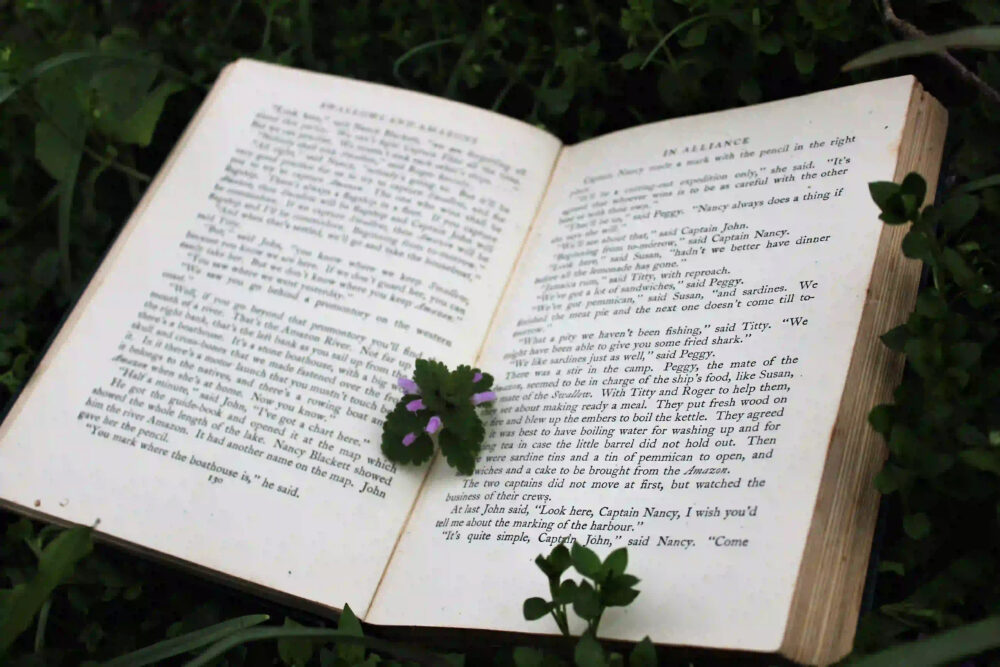Emily Dickinson, one of the most renowned American poets, captivates readers with her unique and introspective exploration of human emotions. Her poems are a window into the depths of the human psyche, delving into themes of love, loss, nature, and the ethereal.
Understanding Emily Dickinson’s Life and Influences
Born in 1830 in Amherst, Massachusetts, Emily Dickinson lived a reclusive life, rarely venturing beyond the confines of her family home. Despite her seclusion, Dickinson’s poetry resonates with readers from all walks of life, transcending time and place. Her poems were discovered after her death, and their publication revealed a hidden talent that would forever change the landscape of American literature.
Dickinson’s writing style was heavily influenced by the Romantic era, with its emphasis on emotion, individualism, and the power of nature. However, her poems also reflect her own unique perspective on life, often challenging societal norms and exploring the complexities of the human experience.
The Language of Emotion
One of the defining features of Dickinson’s poetry is her ability to convey complex emotions through simple yet profound language. Her concise and often enigmatic verses force readers to pause and reflect, allowing them to connect with the underlying sentiments.
In her poem “Hope is the Thing with Feathers,” Dickinson employs vivid imagery and metaphor to evoke a sense of hope in the face of adversity. Her use of the natural world as a symbol of resilience resonates with readers, reminding them of the enduring power of the human spirit.
Another notable example is Dickinson’s exploration of grief and loss in “Because I Could Not Stop for Death.” Through the use of personification and vivid descriptions, she portrays death as a gentle companion, leading the speaker on a journey towards eternity. This unique perspective on mortality challenges conventional notions and invites readers to ponder the mysteries of life and death.
Nature as an Expression of Emotion
Nature serves as a constant backdrop in Dickinson’s poetry, acting as a conduit for her exploration of emotion. She often uses natural imagery to convey a wide range of feelings, from joy and wonder to melancholy and longing.
In “A Bird Came Down the Walk,” Dickinson observes a bird’s encounter with a worm, drawing parallels between the natural world and human existence. Through her keen observations, she captures the beauty and fragility of life, reminding readers of their own fleeting moments of joy and sorrow.
Similarly, in “I Heard a Fly Buzz When I Died,” Dickinson uses the image of a fly buzzing in a room to illustrate the speaker’s final moments. By juxtaposing the mundane with the profound, she invites readers to contemplate the significance of life’s small details in the face of mortality.
The Power of Introspection
Dickinson’s introspective approach to poetry allows readers to delve into the depths of their own emotions. Her poems often present a fragmented and fragmented view of the self, reflecting the complex and multifaceted nature of human existence.
In “I’m Nobody! Who are you?” Dickinson challenges societal expectations and celebrates the freedom of individuality. Through her playful yet profound verse, she encourages readers to embrace their true selves, regardless of societal judgments.
Conversely, in “There’s a certain Slant of light,” Dickinson explores the darker aspects of the human psyche, delving into themes of despair and existential questioning. Her use of imagery and rhythm creates a sense of unease, inviting readers to confront their own inner demons.
Conclusion
Emily Dickinson’s poetry continues to captivate readers with its exploration of the human experience. Through her unique perspective, she invites us to dive into the depths of our own emotions, challenging societal norms and offering solace in the face of life’s complexities. Her ability to convey profound emotions through simple language and vivid imagery is a testament to her genius and enduring legacy. As we analyze and interpret her works, we uncover a treasure trove of wisdom and insight into the intricacies of the human heart.
So, let us immerse ourselves in the poetry of Emily Dickinson, allowing her words to resonate within us and inspire a deeper understanding of our own emotions.
